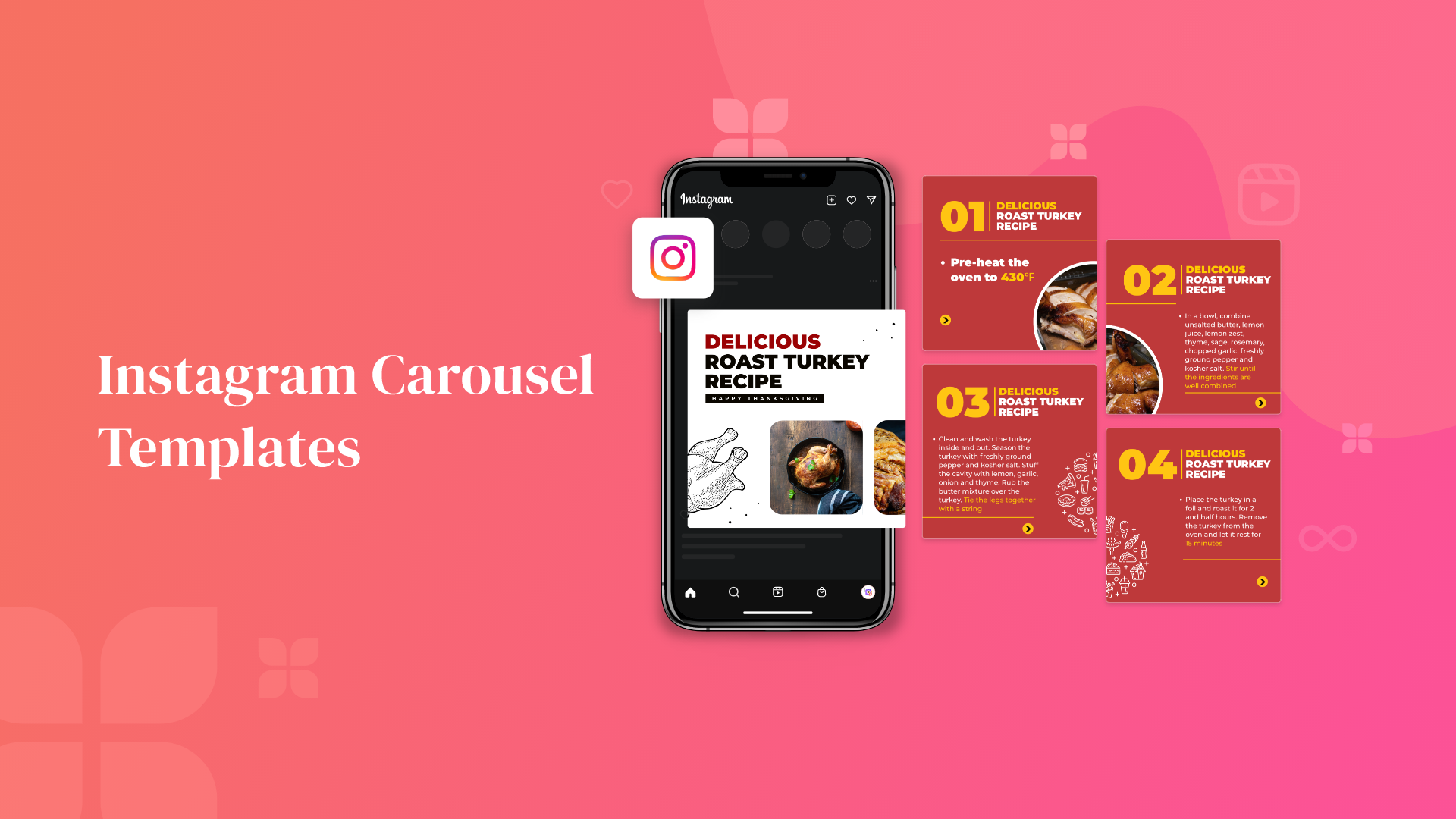5 Tips Brand Voice
Developing a consistent brand voice is crucial for businesses aiming to establish a strong identity and build lasting relationships with their audience. A brand’s voice is more than just the words it uses; it’s the tone, language, and personality that shines through in every interaction, from social media posts to customer service emails. Here are 5 tips to help you craft a compelling brand voice that resonates with your target audience:
1. Define Your Brand’s Personality
Understanding your brand’s personality is the first step in developing its voice. Ask yourself questions like: What values does our brand uphold? Is our brand friendly and approachable, or professional and authoritative? Consider creating a list of adjectives that describe your brand’s personality. For instance, if your brand is in the tech industry, you might aim for a voice that is innovative, forward-thinking, and slightly humorous. Creating a persona for your brand can help guide your tone and language across all platforms.
2. Know Your Audience
Your brand voice should not only reflect your brand’s personality but also resonate with your target audience. Conducting audience research can provide valuable insights into the language, tone, and topics that interest and engage your audience. For example, if your brand targets millennials, you might incorporate trending slang and references into your content. However, ensure that this is done authentically and not in a way that feels forced or alienating to other demographics within your audience.
3. Develop a Unique Tone
The tone of your brand voice can significantly impact how your message is received. A brand like Wendy’s is known for its sassy and humorous tone on social media, which has garnered a large following and significant engagement. On the other hand, a brand in the financial sector might adopt a more serious and informative tone. The key is to find a tone that aligns with your brand’s personality and appeals to your audience, without compromising professionalism when necessary.
4. Create a Language Style Guide
Consistency is key to maintaining a strong brand voice. Developing a language style guide can help ensure that all team members, from marketers to customer service representatives, are speaking with the same voice. This guide should outline preferred vocabulary, grammar rules, and even specific phrases or sentences to use (or avoid) in communications. Regularly updating this guide as your brand evolves is crucial to keeping your voice fresh and relevant.
5. Be Authentic and Consistent
Authenticity is what makes a brand voice believable and engaging. Instead of mimicking another brand’s voice, focus on what genuinely represents your brand’s mission, values, and unique perspective. Consistency across all touchpoints is also vital. Whether a customer is reading a blog post, viewing an ad, or interacting with a social media post, they should feel like they’re experiencing the same brand voice. Training your team to embody this voice in every interaction, digital or otherwise, will help build trust and loyalty with your audience.
Case Study: Dove’s Brand Voice
Dove, a personal care brand, is an excellent example of how a well-crafted brand voice can lead to significant brand recognition and customer loyalty. Dove’s brand voice is built around the concept of real beauty, aiming to make women feel confident and valued regardless of their appearance. Through its “Real Beauty” campaign, Dove has established a voice that is empathetic, supportive, and inclusive. This voice is consistent across all Dove’s marketing efforts, from advertising to social media engagement, and has helped the brand connect deeply with its target audience.
Implementation and Measurement
Implementing these tips requires a multifaceted approach that involves both internal training and external communication strategies. Start by conducting workshops with your team to discuss the defined brand personality, audience insights, tone, and language style guide. Ensure that all marketing materials and customer-facing communications align with your brand voice. To measure the effectiveness of your brand voice, monitor engagement metrics on social media, conduct surveys to gauge customer perception, and analyze the feedback from customer service interactions. Adjustments to your brand voice should be made based on these insights, ensuring that your voice remains relevant and engaging to your evolving audience.
By following these tips and continuously refining your approach based on audience feedback and engagement metrics, you can develop a brand voice that not only represents your brand authentically but also resonates deeply with your target audience. Remember, your brand’s voice is its most personal and consistent ambassador to the world, and investing time and effort into getting it right can yield significant returns in brand loyalty and customer engagement.
